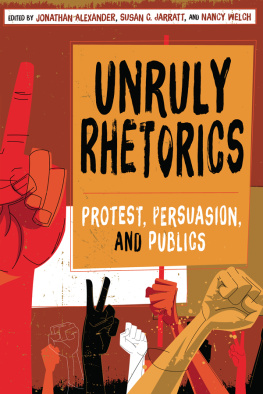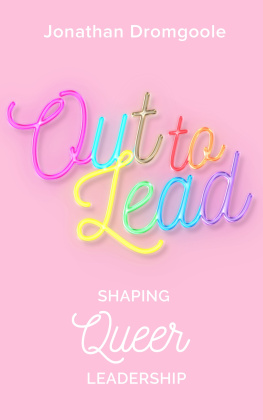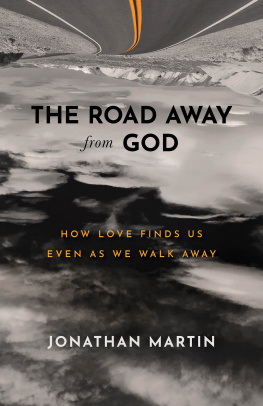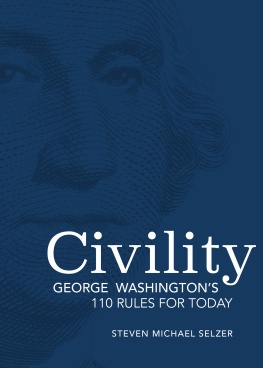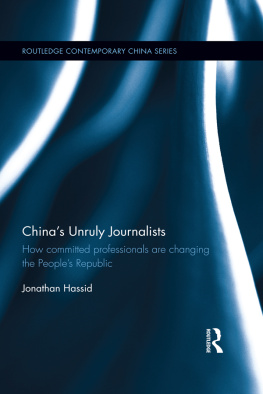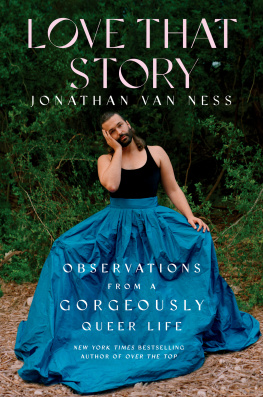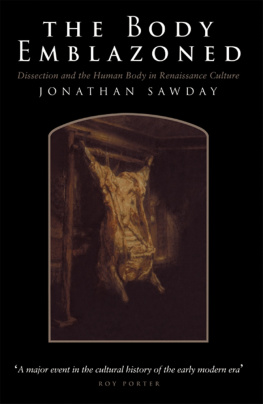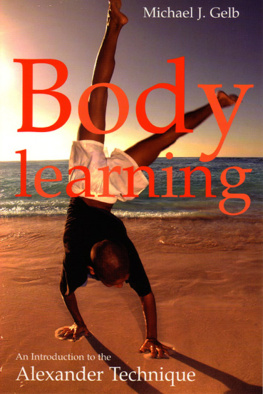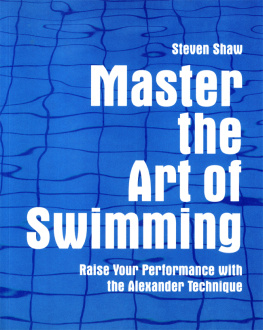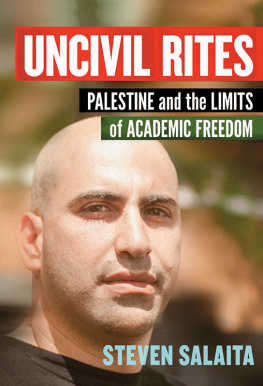INTRODUCTION
JONATHAN ALEXANDER AND SUSAN C. JARRATT
Political activity is whatever shifts a body from the place assigned to it.... It makes visible what had no business being seen, and makes heard a discourse where once there was only place for noise; it makes understood as discourse what was once only heard as noise.
Jacques Rancire, Disagreement: Politics and Philosophy
In the civil rights movements of the 1960s in the United States and elsewhere, bodies shifted from their assigned places and made noise that they intended to be heard as political discourse: the student movements in the United States and Europe; in South Africa, especially after the 1976 Soweto massacre, large-scale street demonstrations featured the singing and dancing called toyi-toyi; the 19771978 civil resistance against the Shah in Iran; the Poland Solidarity movement of the 1980s and the fall of the Berlin wall in 1989; the first Palestinian intifada in the late 1980s/early 1990s. These few selected cases from the final decades of the last century suggest the global vitality of social protest in this period.
From a US perspective, however, beginning with the election of Ronald Reagan in 1980, activism seems to have subsided in an era of capitalist growth,trickle-down economics, and cultural quietism. Other influential factors include the enactment of civil rights demands into law, the backlash against feminism, a move toward cultural conservatism, the 1990s cultural wars (fought largely in the press and in the halls of academe), and the move into a neoliberal era with its all-encompassing economies and smooth affects. For many social protest scholars, then, the so-called Battle in Seattle marked a turning point. The 1999 protest against the World Trade Association at its meeting in Seattle was a demonstration that brought together multiple constituencies against a global agent; it played out over several days with considerable performative creativity. There followed soon after the contentious election of George W. Bush, the events of 9/11, and then in the spring of 2003 massive worldwide protests against the impending US war in Iraqmillions of people marching in New York, London, Paris, and Rome. Fast forward to the spring of 2011, and we have the uprisings in Tunisia, Libya, and Egypt; in the United States, rowdy labor protests in Wisconsin; and by the fall, Occupy Wall Street. A case can be made that protest movements and cultures of activism in the United States and across the globe have come to life in the twenty-first century. A number of analytic frames have been called upon or created to make sense of this upsurge and to foster speculation about its causes: globalization and its networks, the influence and availability of new media, a revival of interest in performativity and the carnivalesque, and others.
As activists respond to changing economic and global conditions, questions arise: What accounts for these ebbs and flows? Are we seeing new modes of protest? Jacques Rancires observation, published in 1995 in France, inspires further questions along these lines: What makes it possible for people to gather together to express a public will? What provokes bodies to shift from assigned places? What is the process of translating the often unruly noise of protest into discourses of democratic participation?
While the digitally and televisually mediated nature of much contemporary activism has drawn significant recent scholarly attention, we approach activism and protest here as a complex mix of bodies, technologies, discourses, and even histories that need to be considered collectively so as to guide a new understanding of contemporary rhetorical interventions within and across numerous spheres. For instance, during Quebecs mass student strikes in 2012 that fought off tuition hikes and toppled the provincial government, student unions turned to social media to publicize key days of action. But it was the sea of red-shirted college students filling the boulevards, joined by thousands of residents in traditional pot-banging protest that repeatedly transformed the city of Montreal into a public space for broadcasting the students demands.Quebecs Maple Spring thus joins a long history demonstrating howby definitionprotest puts bodies disruptively in public space. Indeed, when current examples are examined closely, we find technology and embodied protest complexly intertwined. From this angle we can consider how many twentieth- and twenty-first-century protests are grounded in long histories of activism and lively interanimations of old and new rhetorical means.
Consider, for example, the Egyptian phase of the so-called Arab Spring (known locally as the January 25 Revolution)mass demonstrations in Cairos Tahrir Square beginning in January 2011 and reaching a climax on February 11 with the resignation of Hosni Mubarak from his thirty-year run as president. One narrative circulating about the uprising features an oppressed people who have suffered passively suddenly decid[ing] that enough is enough and, thanks to Western technology and inspiration, spontaneously ris[ing] up to reclaim their freedom (Bishara ix). This world media narrative (Bishara ix), highlighting the crucial role of social media and other new technology, needs to be assessed in the context of a longer history of struggle and a clear-eyed account of the role of new media in recent years. Revolutionary movements of 1881, 1919, and 1952 laid the ground for more current protests from 1998 forward based on dire economic conditions. When the Egyptian government crushed a strike by textile workers on April 6, 2008, a group of young activists connected through Facebook and other social networking sites and formed the April 6 Youth Movement in solidarity with the strikers. This movement propelled the massive popular protests in January 2011the assembly of bodies in Tahrir Square that finally could not be ignored by the Mubarak regime. In a fascinating and detailed calculation of the role of social media and oppositional movements in Egypt leading up to the January 25 Revolution, Merlyna Lim finds that face-to-face communications such as contacts at coffeehouses and in cabs played as strong a role as social media in bringing masses of people to Tahrir for those fateful eighteen days.
In a similar fashion, an analysis of the 2011 University of California, Davis, pepper-spray incident highlights the combination of historical, embodied, and technologized factors. In Toward an Economy of Activist Literacies in Composition Studies: Possibilities for Political Disruption, Caroline Dadas and Justin Jorry analyze responses arising out of the pepper-spraying by police of a group of student protesters at UC Davis, who had organized a peaceful sit-in to call attention to tuition hikes across the system. Dadas and Jorry link the incident at Davis to other protests across the globe:

